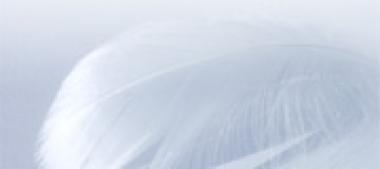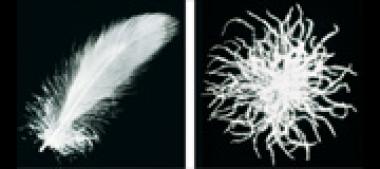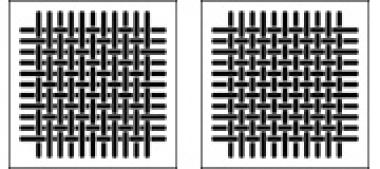Filling

Filling
 Recently visited pages
Recently visited pages

Are synthetic filling fibres available which are similar to down?
Further information at DownCheck:
Do chicken feathers also suit as filling material for duvets?
Chicken feathers, however, have a flat shape. The main part of the quill is flat, i.e. the firm shaft in the middle. They are not resilient enough to “fluff up“ again, for instance after having been compressed by the human body. Therefore, they are less suitable as filling material for pillows and duvets than the plumage of waterfowl.
Further information at :

What do the terms „waterfowl“ / „landfowl“ stand for?
What is meant by “poultry“?

What is meant by fill power?
Further information at DOWNAPEDIA:

What is meant by fill weight?
Further information at :
How are down and feathers processed into bedding articles?
The requirements for the hygienic state of the filling material are specified in EN 12935. The Daunasan® / Downafresh® brand indicates that bedding articles labelled with this brand are consistently monitored by means of mystery shopping to ensure at the best that products labelled with Daunasan® / Downafresh® meet the hygiene requirements.
Further information at :
How can down and feathers be sorted?
What is meant by “bed ticking“ and “cambric“?
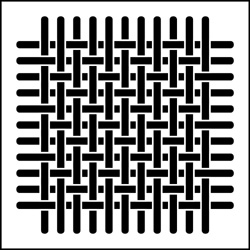 Ticking (also called twill): Fabric mainly used for pillows. It is spun in twill weave.
Ticking (also called twill): Fabric mainly used for pillows. It is spun in twill weave.
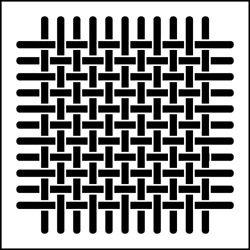 Cambric (also called Percale): Fabric mainly used for quilts. Cambric is woven in plain weave.
Cambric (also called Percale): Fabric mainly used for quilts. Cambric is woven in plain weave.
Plain weave is the simplest, the oldest and at the same time the most tightly woven fabric.
The yarn count of high-quality fine fabrics ranges between 70 to 100 Nm.
Example: Yarn notation Nm 50 signifies that one kilogramme of this yarn has a barrel length of 50 000 metres. The finest yarn notation used for cambric fabrics is Nm 135, i. e. 1 kilogramme of such yarn has a barrel length of 135 000 metres.
Further information at :













